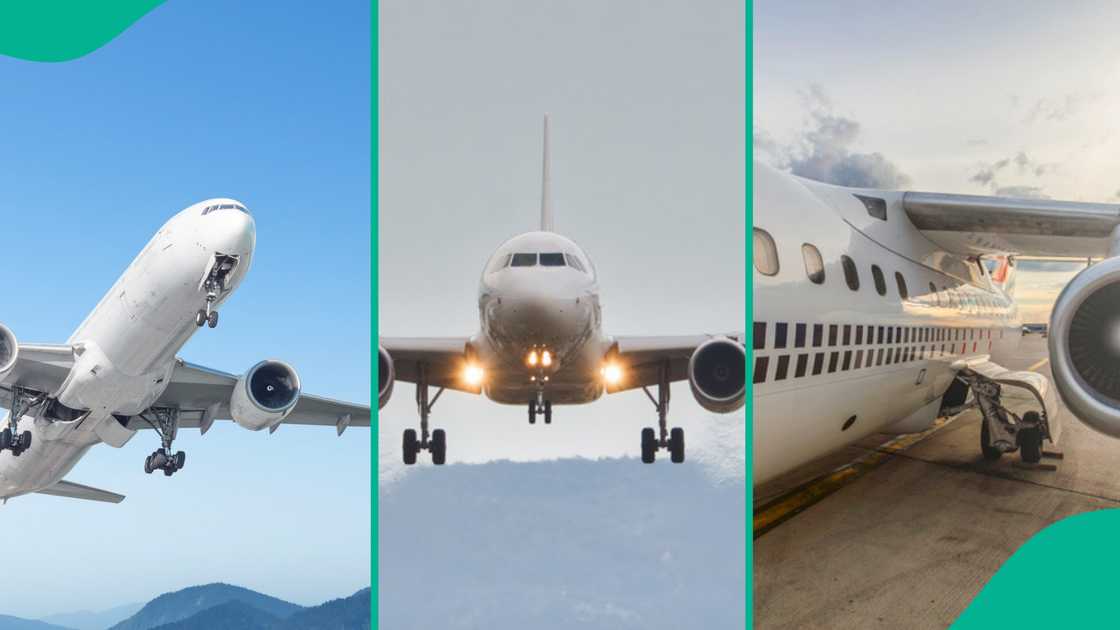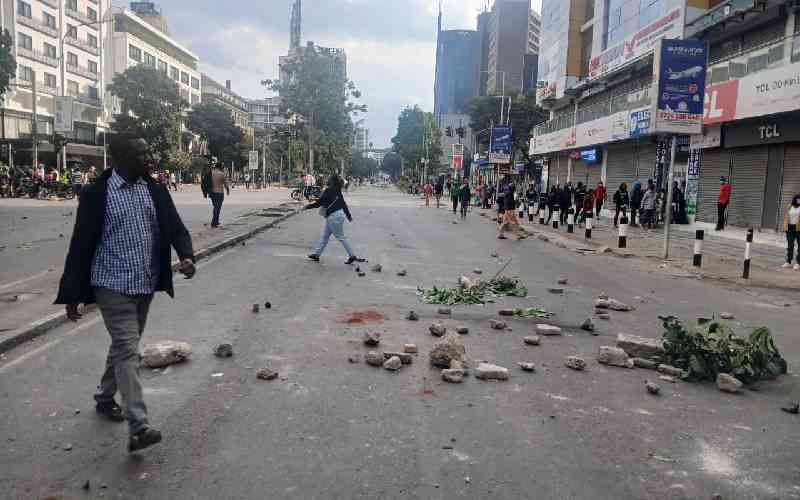Miracle of Seat 11A: 2 Different Plane Crash Survivors Say They Sat in Seat 11A
Two devastating air disasters decades apart have captured the global imagination — and they share a chilling common thread: seat 11A.
Vishwashkumar Ramesh emerged as the only survivor of the Air India crash that occurred last Thursday in Ahmedabad, India.

Source: Getty Images
The Boeing 787-8 Dreamliner, carrying 241 people en route to London’s Gatwick Airport, burst into flames after crashing into a medical college hostel shortly after takeoff.
The impact killed everyone else on board and several people on the ground.
Police confirmed that Ramesh had been seated in 11A, near an emergency exit, and managed to leap to safety after the aircraft came to a halt.
The UK press quickly dubbed his survival the “miracle of seat 11A,” based on the position of his boarding pass.
After international media picked up Ramesh’s story, Thai singer and actor James Ruangsak Loychusak made a striking revelation: he too had survived a plane crash while seated in 11A.
“Survivor of a plane crash in India. He sat in the same seat as me. 11A,” Loychusak wrote on Facebook.
In 1998, Loychusak was aboard a Thai Airways Airbus A310 that crashed during its third landing attempt in stormy weather at Surat Thani Airport.
Of the 146 on board, 101 perished. While his original ticket no longer exists, Loychusak cited online seat maps and personal memory to identify his seat as 11A.
Calling the repetition of events “the kind that gives you goosebumps,” he told The Telegraph Online, “That was an uncanny coincidence.”
The viral story has prompted speculation about whether seat 11A offers an unusual survival advantage. Aviation experts, however, urge caution.
“Each accident is different, and it is impossible to predict survivability based on seat location,” said Mitchell Fox of the Flight Safety Foundation.
Aircraft seat configurations vary widely. Ramesh’s 11A on the Dreamliner was directly behind the emergency exit — potentially aiding his escape. By contrast, Loychusak’s reported 11A on an Airbus A310 was several rows ahead of the exit.
Disaster medicine specialist Stephen Wood explained that while proximity to an exit can aid evacuation in survivable crashes, high-energy impacts like the Ahmedabad crash introduce far more complexity. “So yes, his seat may have helped, but survival likely depended on much more than that alone,” he said.
Research over the years shows mixed data about optimal seating for crash survivability. Studies by Popular Mechanics and Time magazine have suggested marginal benefits to sitting at the rear, especially in middle seats. But variables such as impact dynamics, seat structure, and evacuation obstacles heavily influence outcomes.
In Ramesh’s case, the opposite side of the plane reportedly slammed into a building wall, rendering exits there unusable.
Wood noted that survival often depends on a rare alignment of impact forces, passenger location, timing, and sheer chance.
For Loychusak, the crash that changed his life was about more than just coincidence. On Facebook, he reflected: “I want to tell the world what this experience gave me — not just survival, but a completely new perspective on life.”
He suffered severe injuries including spinal trauma and spent over a year in recovery, during which families of victims frequently asked, “Why you?” Even now, he said, “I didn’t have an answer then. I still don’t.”
Yet amid the shared trauma and improbable survival, one thing is certain — the number 11A now holds a haunting resonance in aviation lore.
PAY ATTENTION: Сheck out news that is picked exactly for YOU ➡️ find the “Recommended for you” block on the home page and enjoy!
Source: Legit.ng











